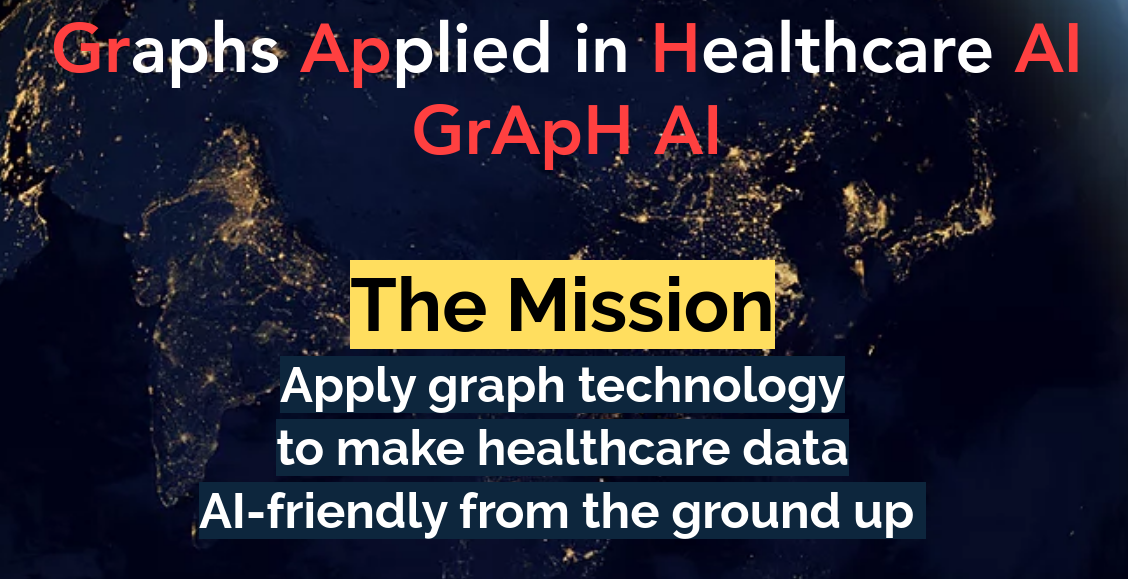Credentialed_Access
Official repo of Graphs Applied in Healthcare AI (GrApH AI), which is a working group of the Medical Intelligence Society.

Credentialed Access Repository
Table of Contents
1. Introduction
Welcome to the credentialed access repository! Here you will find code that interacts with anonymized patient-level data. This is the home of clinical use cases.
Critical note, please read
To honor your credentialed health data license agreement with PhysioNet, please clear all patient-level data from cell outputs or other places where patient-level data may hide BEFORE you push to this or any other repository. If you see any patient-level data in this repository, please immediately clear it out if you can or contact Tim McLerran at tmclerran@gmail.com for help. Each of us is individually responsible to protect the data, and as a community we can help each other keep that commitment.
Note that this working group has no affiliation with PhysioNet beyond our immense gratitude for the resources they provide.
2. Use Cases
Use Case 1: Recommendation system for plan items in a physician’s note
Use Case 2: Predict patient problems based on various inputs including presciptions, other problems, etc.
3. To Do
2. References
References associated with MIMIC-III data:
Johnson, A., Pollard, T., & Mark, R. (2016). MIMIC-III Clinical Database (version 1.4). PhysioNet. https://doi.org/10.13026/C2XW26.
Johnson, A. E. W., Pollard, T. J., Shen, L., Lehman, L. H., Feng, M., Ghassemi, M., Moody, B., Szolovits, P., Celi, L. A., & Mark, R. G. (2016). MIMIC-III, a freely accessible critical care database. Scientific Data, 3, 160035.
Goldberger, A., Amaral, L., Glass, L., Hausdorff, J., Ivanov, P. C., Mark, R., … & Stanley, H. E. (2000). PhysioBank, PhysioToolkit, and PhysioNet: Components of a new research resource for complex physiologic signals. Circulation [Online]. 101 (23), pp. e215–e220.